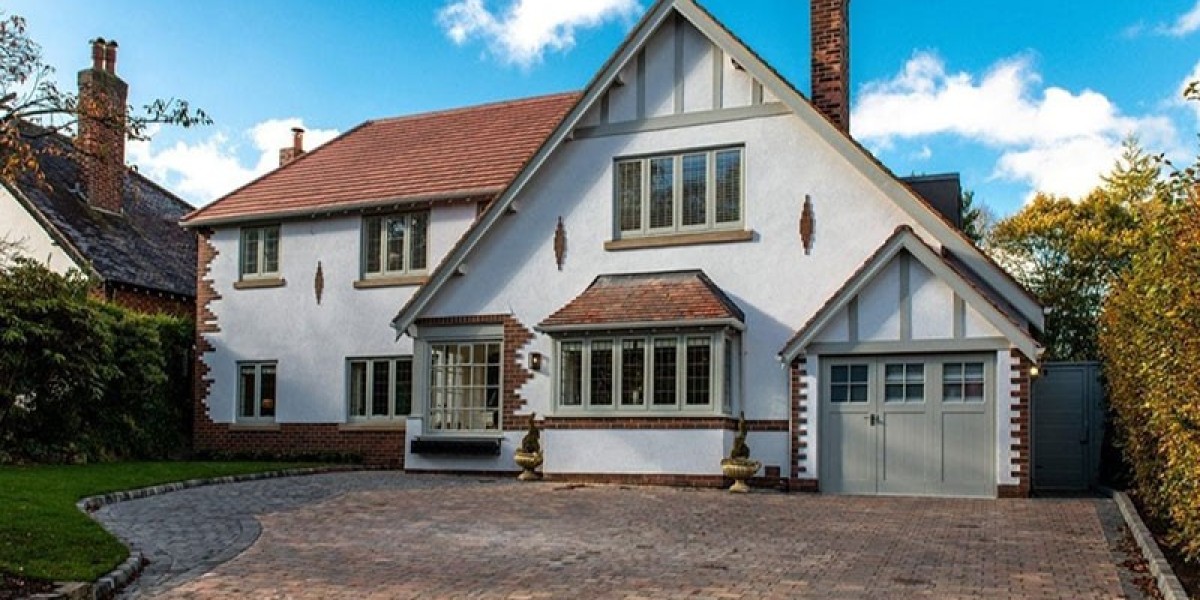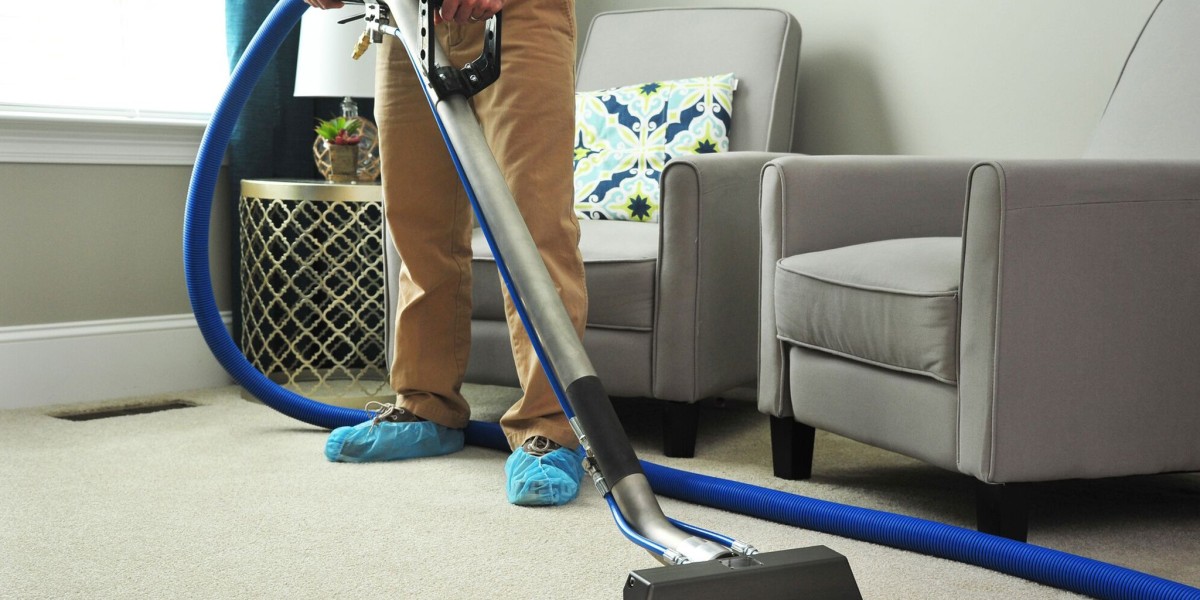Window installation is a crucial aspect of home improvement and construction that combines artistry with technical precision. Properly installed windows not only enhance the aesthetic appeal of a property but also contribute significantly to energy efficiency, security, and overall comfort. This article delves into the intricacies of window installation, exploring the types of windows, the installation process, tools required, and best practices to ensure a successful outcome.
Understanding Window Types
Before diving into the installation process, it is essential to understand the various types of windows available on the market. The most common categories include:
- Single-Hung Windows: These windows feature a fixed upper sash and a movable lower sash, allowing for ventilation from the bottom.
- Double-Hung Windows: Similar to single-hung windows, both sashes can move up and down, offering improved ventilation and ease of cleaning.
- Casement Windows: Hinged on one side, these windows open outward, providing excellent ventilation and unobstructed views.
- Sliding Windows: These windows slide horizontally and are ideal for wide openings where traditional windows may be cumbersome.
- Bay and Bow Windows: These are protruding windows that create a nook inside the home, often used to enhance the view and natural light.
- Picture Windows: Fixed windows that do not open, designed to showcase a beautiful view while maximizing natural light.
The Importance of Proper Installation
The installation of windows is not merely about fitting a frame into a wall; it involves careful consideration of various factors, including insulation, moisture resistance, and structural integrity. Poorly installed windows can lead to a host of problems, including air leaks, water infiltration, and increased energy costs. Therefore, understanding the installation process and adhering to best practices is paramount.
Tools and Materials Needed
Before commencing the installation, it is essential to gather the necessary tools and materials. Common tools include:
- Level
- Tape measure
- Utility knife
- Screwdriver (both Phillips and flathead)
- Hammer
- Caulking gun
- Pry bar
- Safety goggles
- Ladder (if needed)
- New windows
- Flashing tape
- Insulation (foam or fiberglass)
- Caulk (exterior-grade)
- Shims
- Screws or nails
The Window Installation Process
The installation process can be broken down into several key steps:
Step 1: Preparation
Begin by measuring the existing window frame to ensure that the new window fits properly. Remove any old window trim and carefully take out the old window using a pry bar. Be cautious of any nails or screws that may still be holding it in place.
Step 2: Inspect the Frame
Once the old window is removed, inspect the frame for any damage, such as rot or mold. Repair or replace any damaged sections to ensure a solid foundation for the new window.
Step 3: Dry Fit the New Window
Before securing the new window, perform a dry fit to ensure it fits correctly within the opening. Place the window in the frame and check for level and plumb. Adjust as necessary using shims.
Step 4: Secure the Window
Once the window is properly positioned, secure it in place. Depending on the window type, this may involve fastening screws through the frame into the surrounding structure. Be sure to follow the manufacturer’s instructions for specific fastening requirements.
Step 5: Insulate
To prevent air leaks, apply insulation around the window frame. Expanding foam insulation is often recommended for its superior sealing properties. However, be cautious not to overfill, as this can cause the window frame to bow.
Step 6: Seal the Window
After insulation, apply flashing tape around the window edges to create a waterproof barrier. This step is crucial for preventing moisture infiltration. Follow this with an exterior-grade caulk around the perimeter of the window to seal any gaps.
Step 7: Replace Trim
Once the window is secured and sealed, replace the interior and exterior trim. This step not only enhances the aesthetic appeal but also provides additional insulation and a finished look.
Step 8: Final Checks
Finally, check the operation of the window to ensure it opens and closes smoothly. Inspect the seals for any visible gaps and make necessary adjustments. Clean the window glass and surrounding areas for a polished finish.
Best Practices for Window Installation
- Follow Manufacturer Guidelines: Always adhere to the installation instructions provided by the window manufacturer. Each type of Window Installer may have specific requirements that are essential for optimal performance.
- Prioritize Safety: Use safety goggles and gloves during the installation process to protect yourself from sharp edges and debris. If working at heights, ensure proper ladder safety protocols are followed.
- Consider Weather Conditions: Install windows during favorable weather conditions. Extreme temperatures can affect the materials used and the effectiveness of sealants.
- Seek Professional Help if Needed: If you are unsure about any aspect of the installation process, consider hiring a professional. A skilled installer can ensure that your windows are fitted correctly and perform optimally.
- Regular Maintenance: After installation, regular maintenance is key to prolonging the life of your windows. Inspect seals and frames periodically and address any issues promptly.
Conclusion
Window installation is a multifaceted process that requires careful planning, execution, and attention to detail. By understanding the types of windows available, the tools and materials needed, and the step-by-step installation process, homeowners can undertake this project with confidence. Whether you are upgrading existing windows or installing new ones, proper installation will not only enhance the beauty of your home but also improve energy efficiency and comfort. With the right approach and best practices, window installation can be a rewarding endeavor that adds lasting value to your property.







